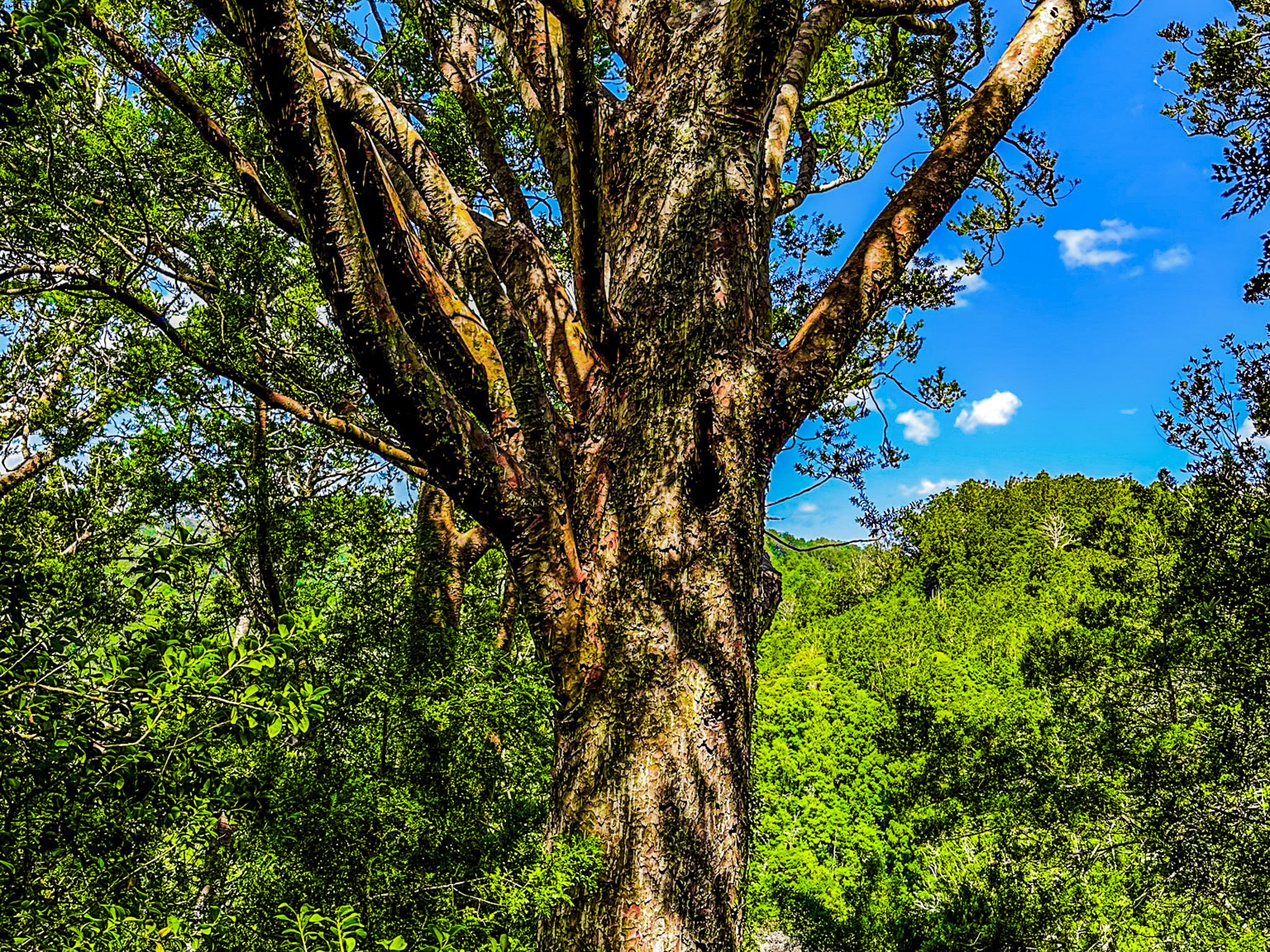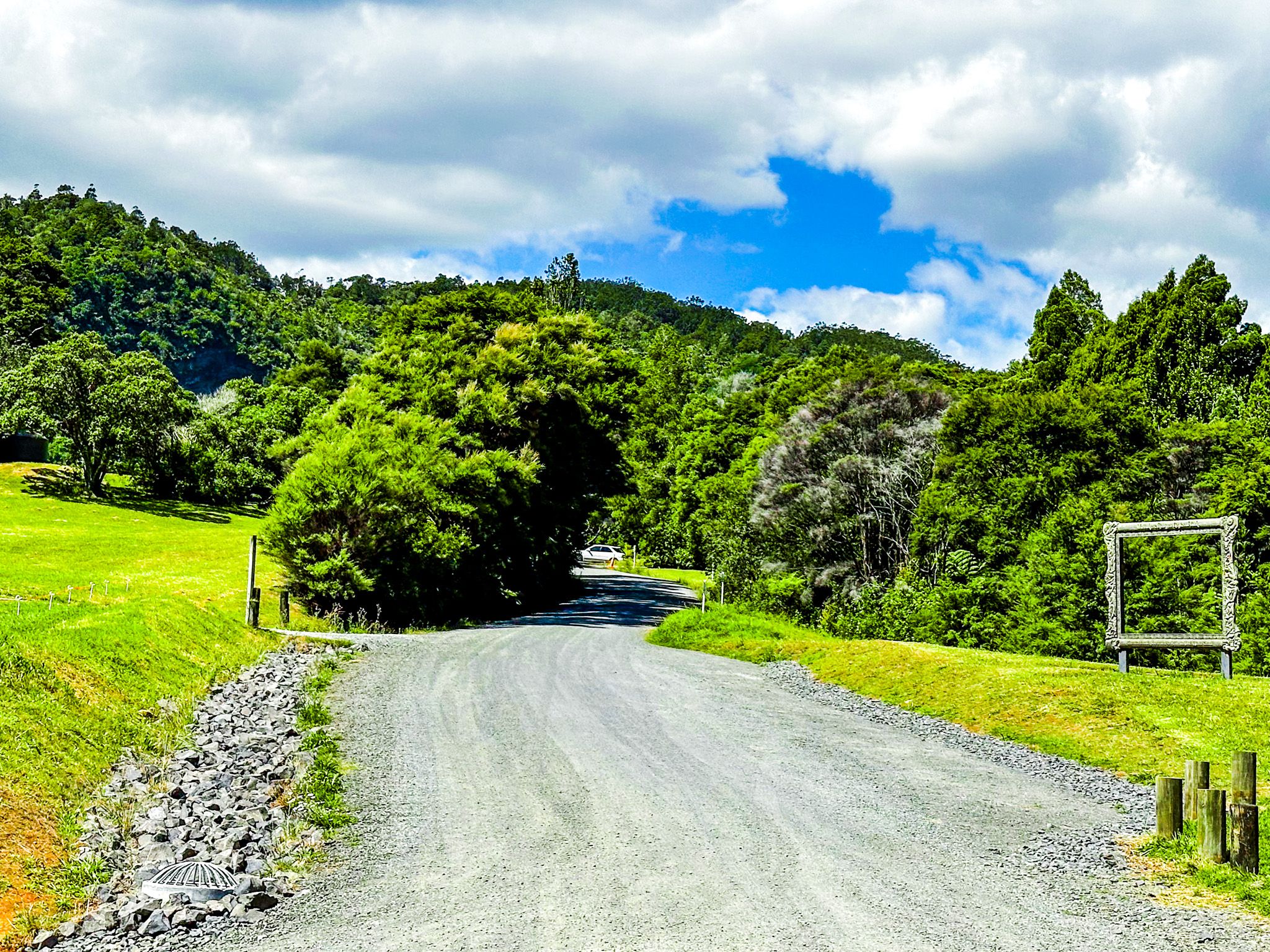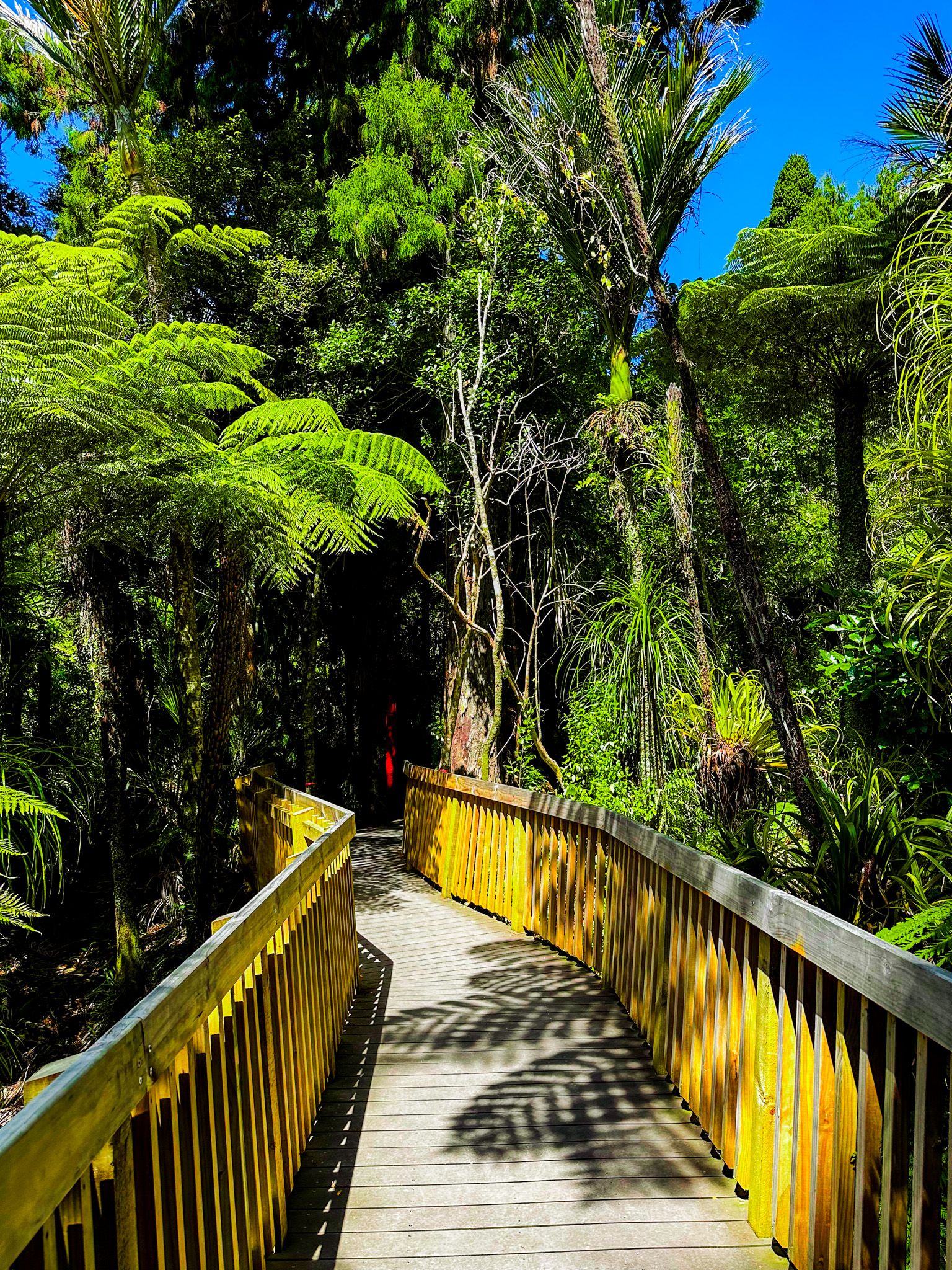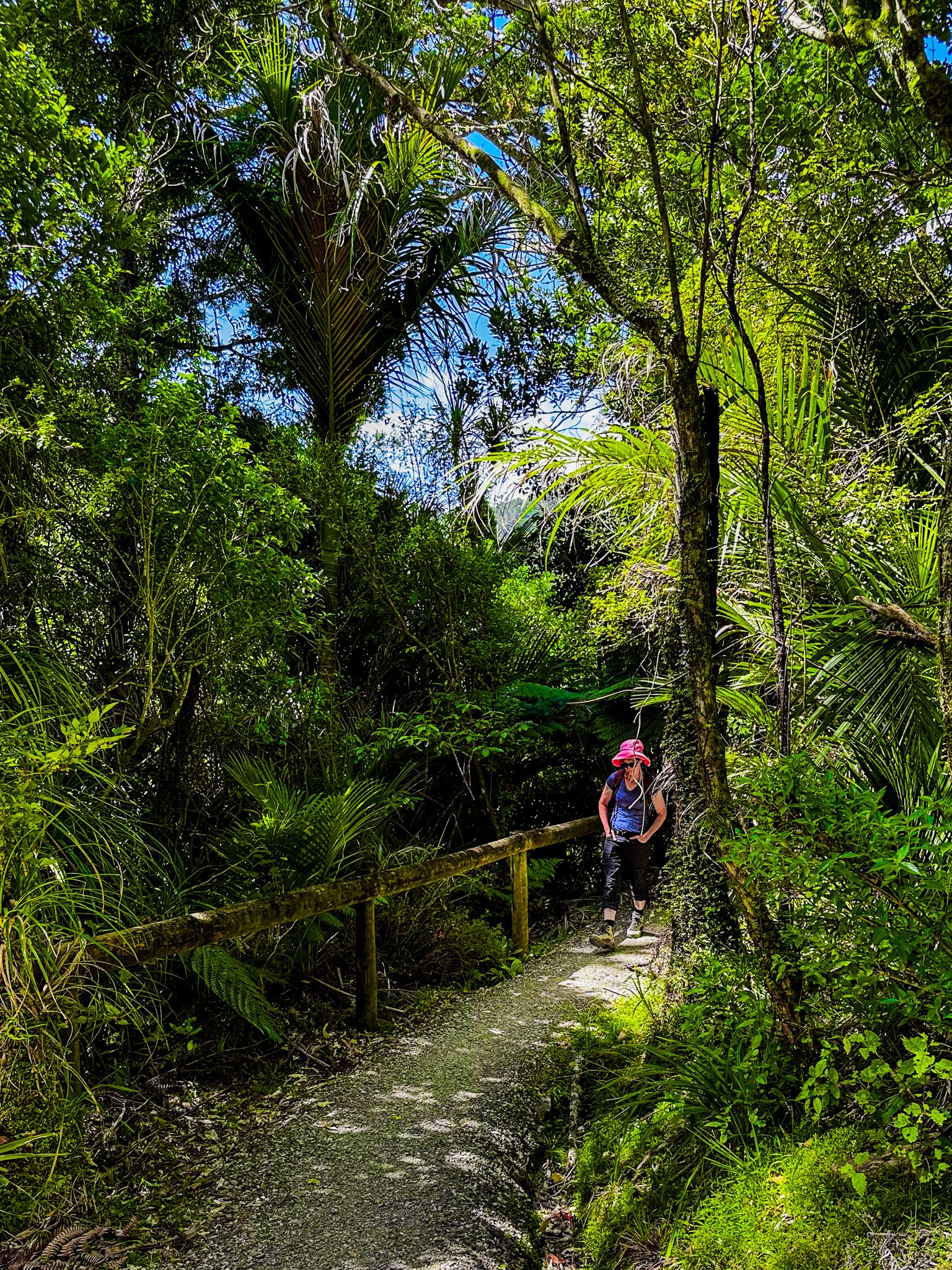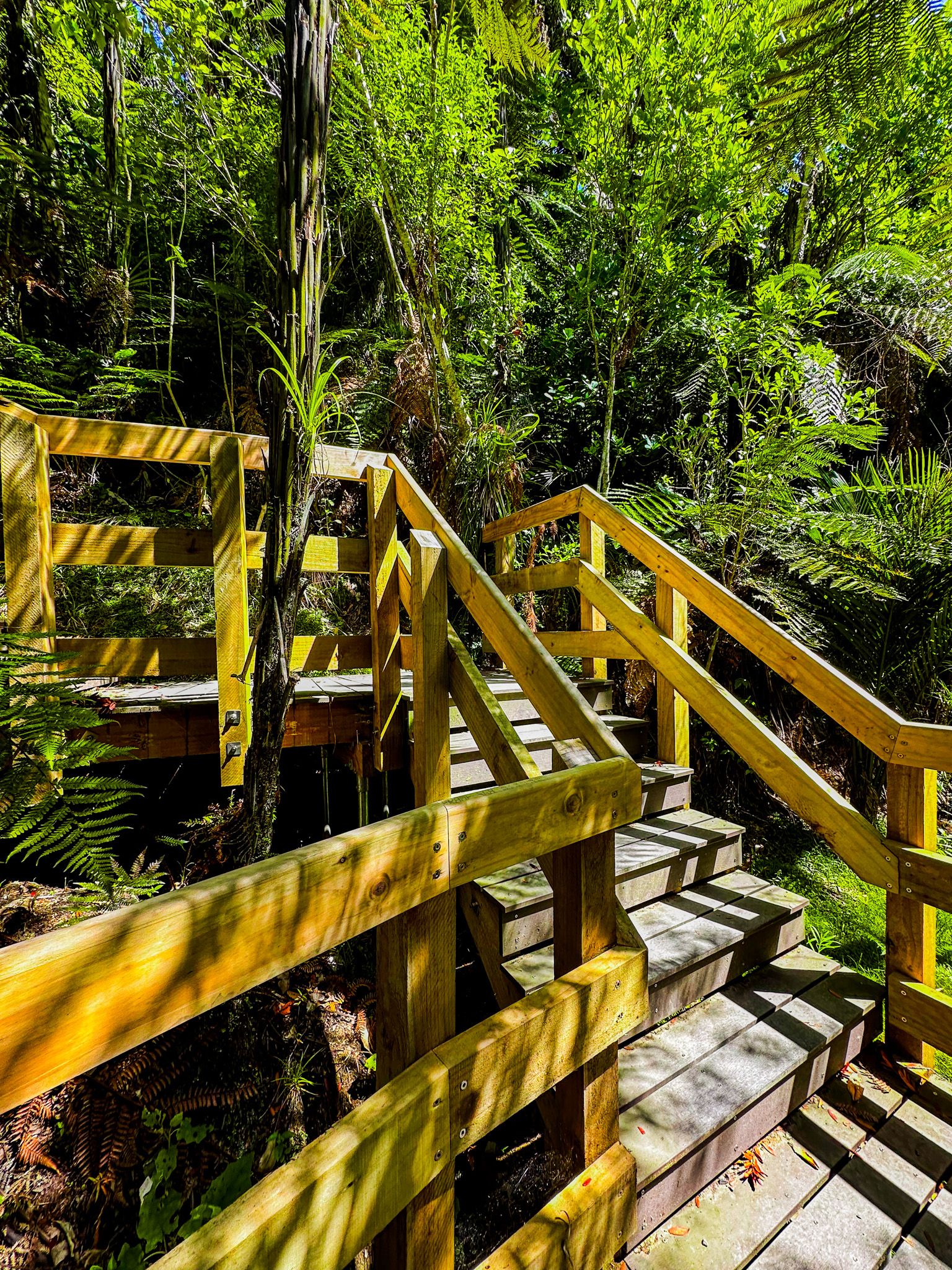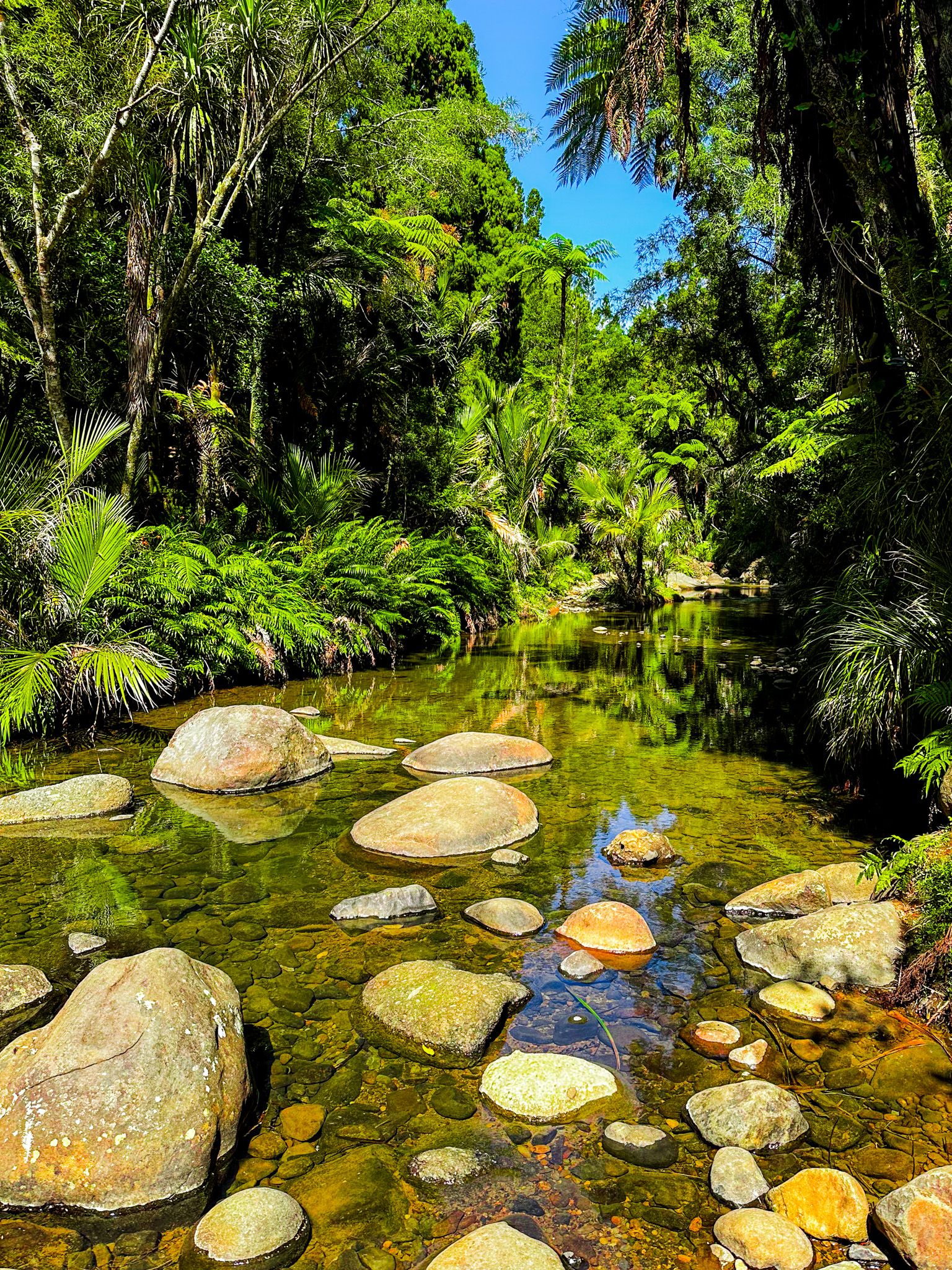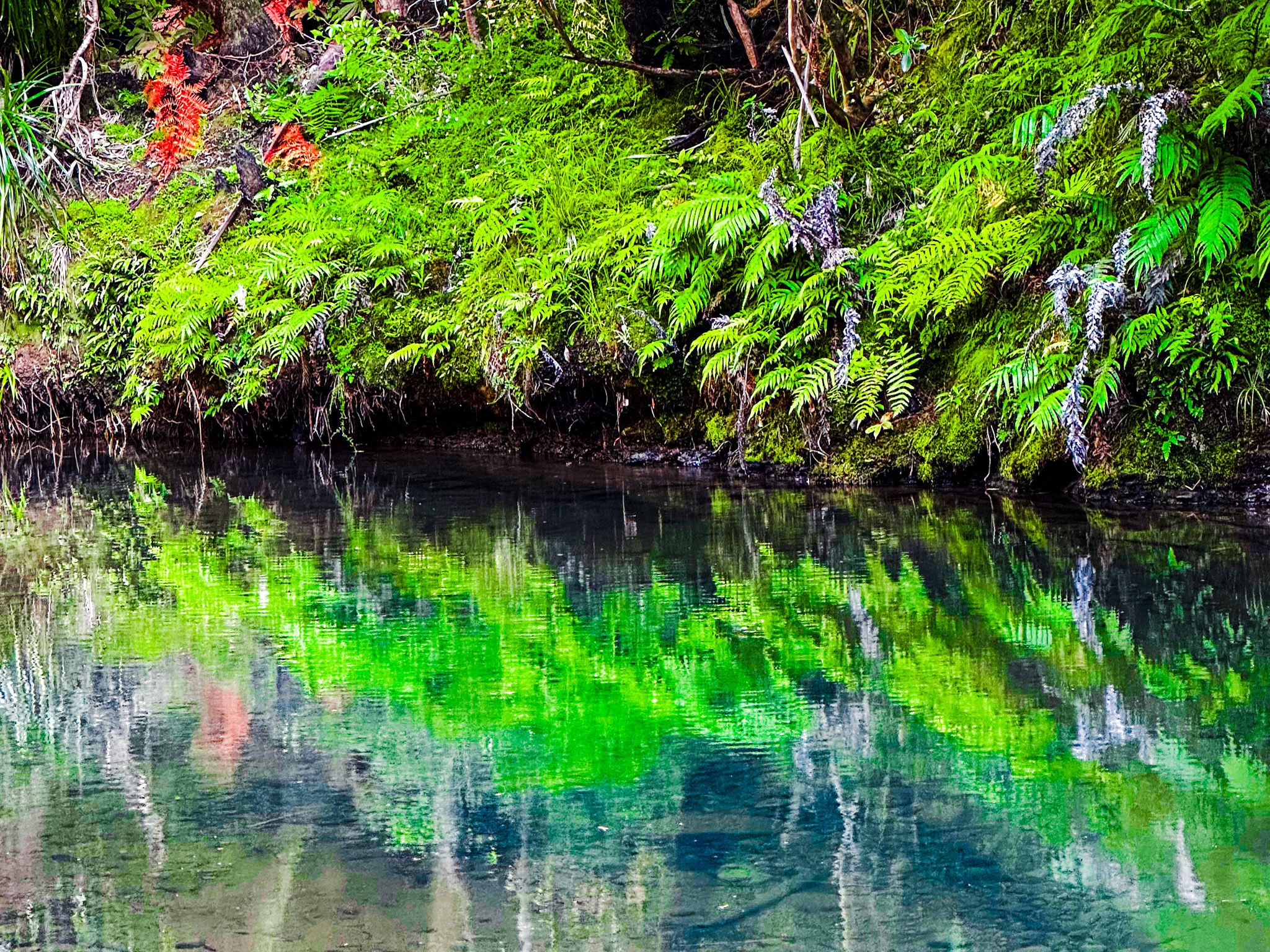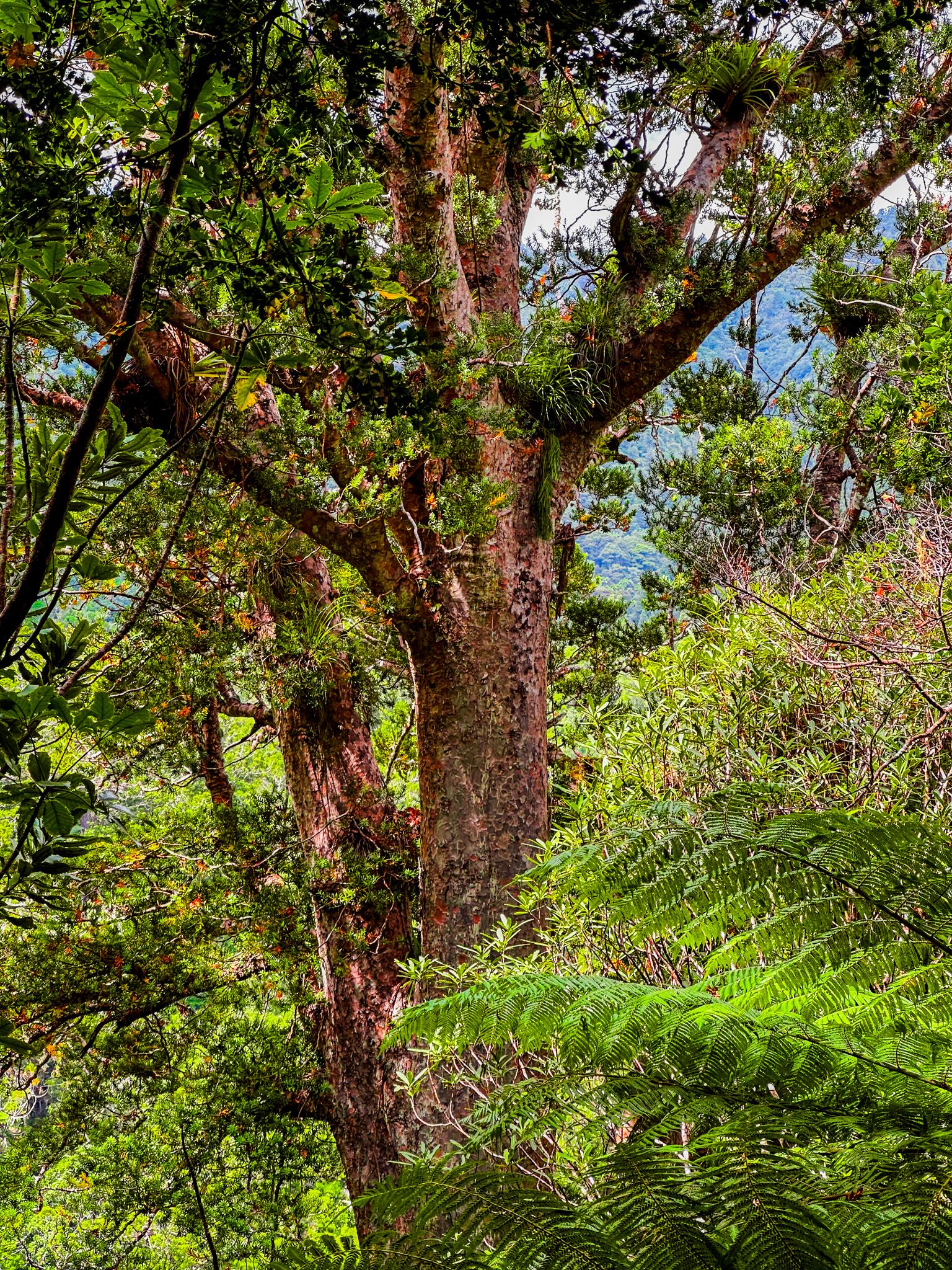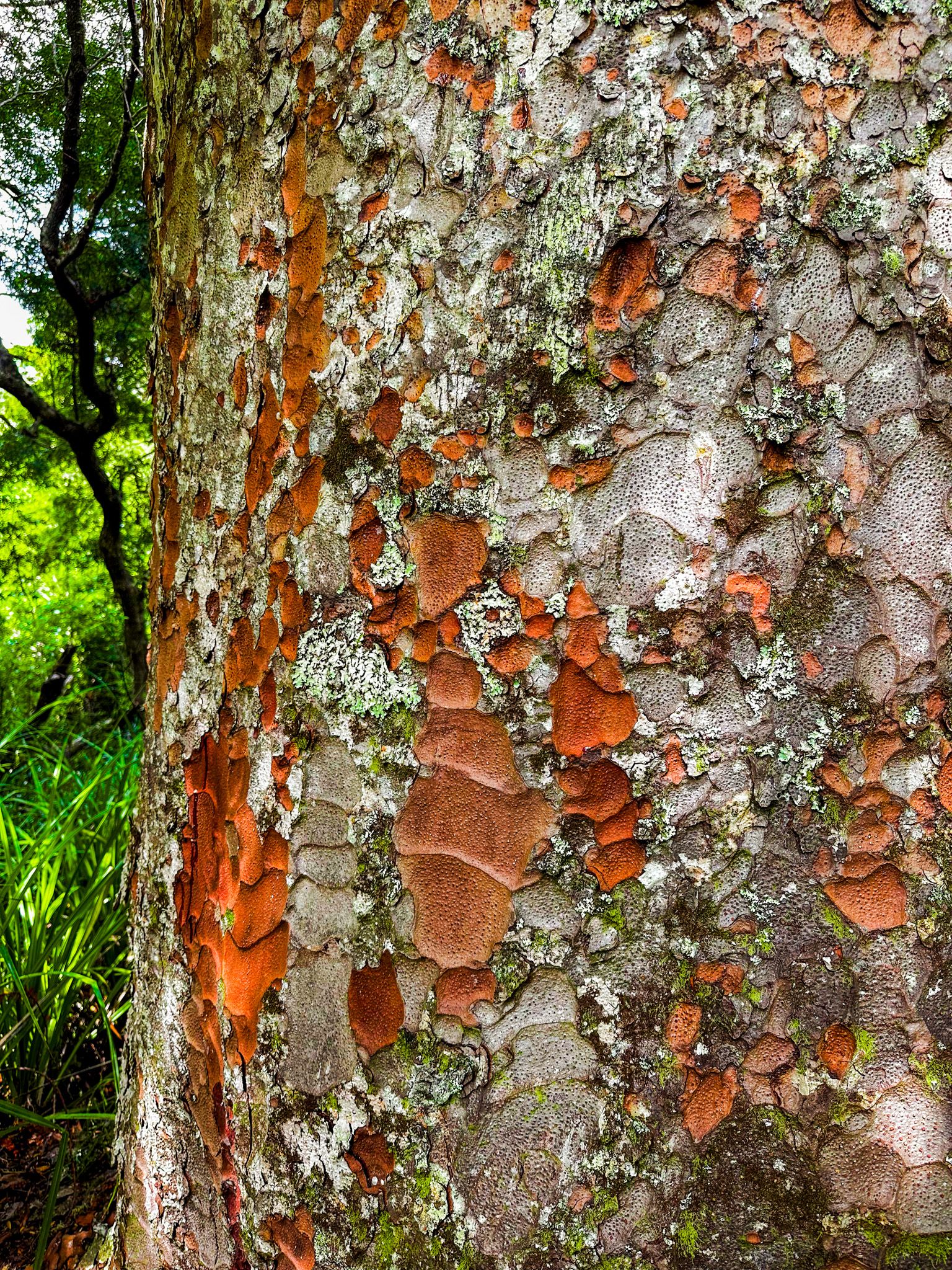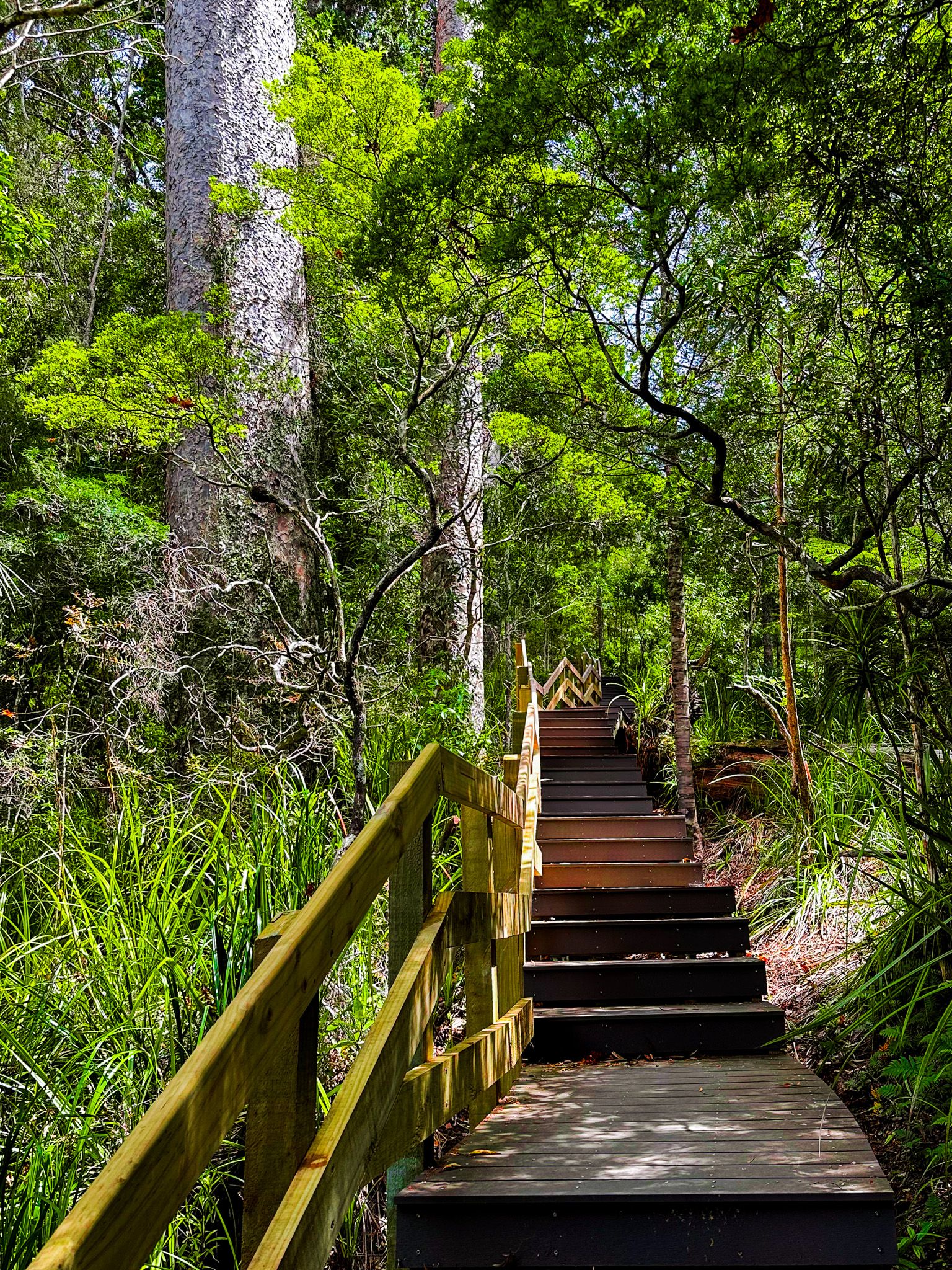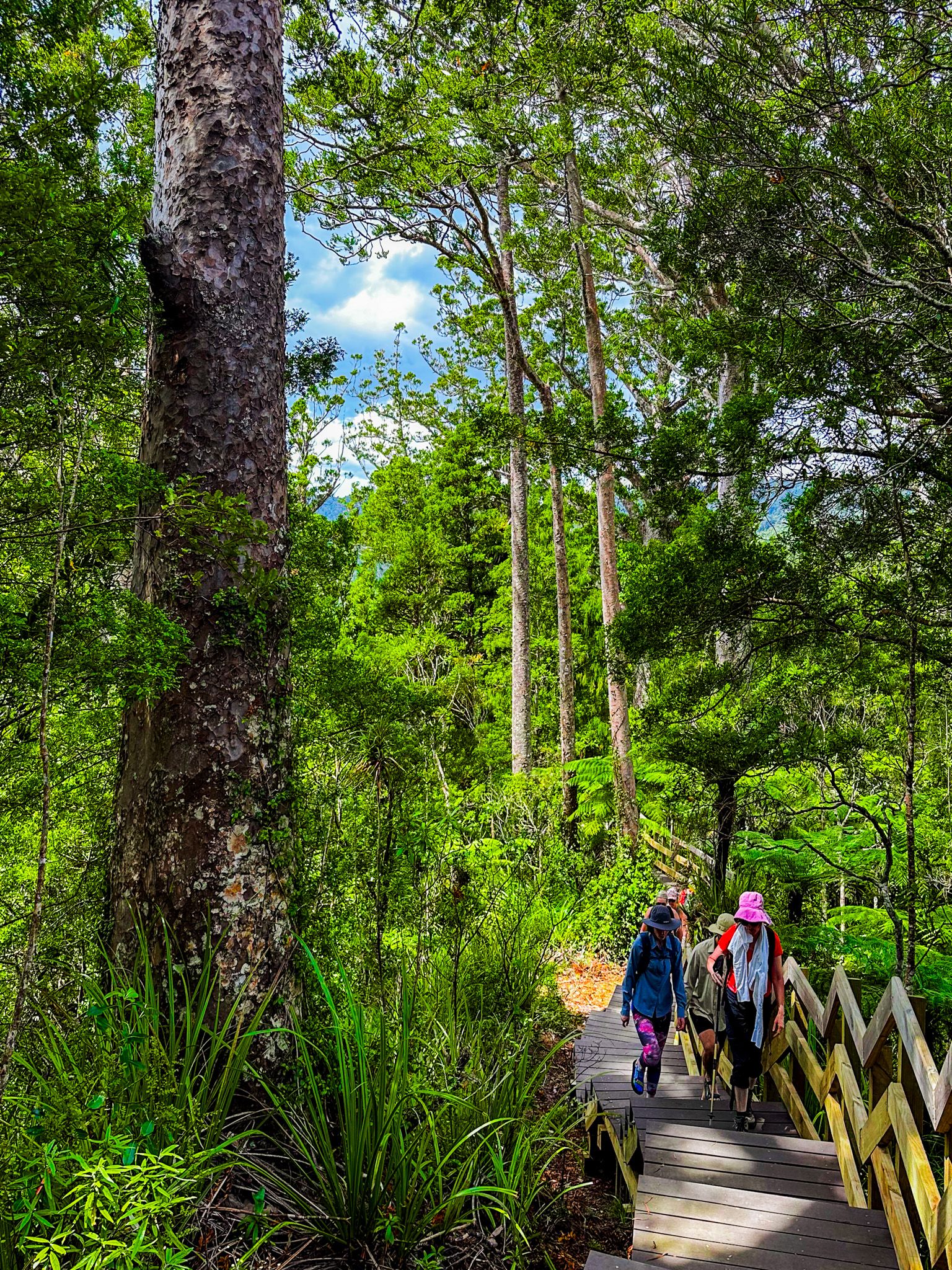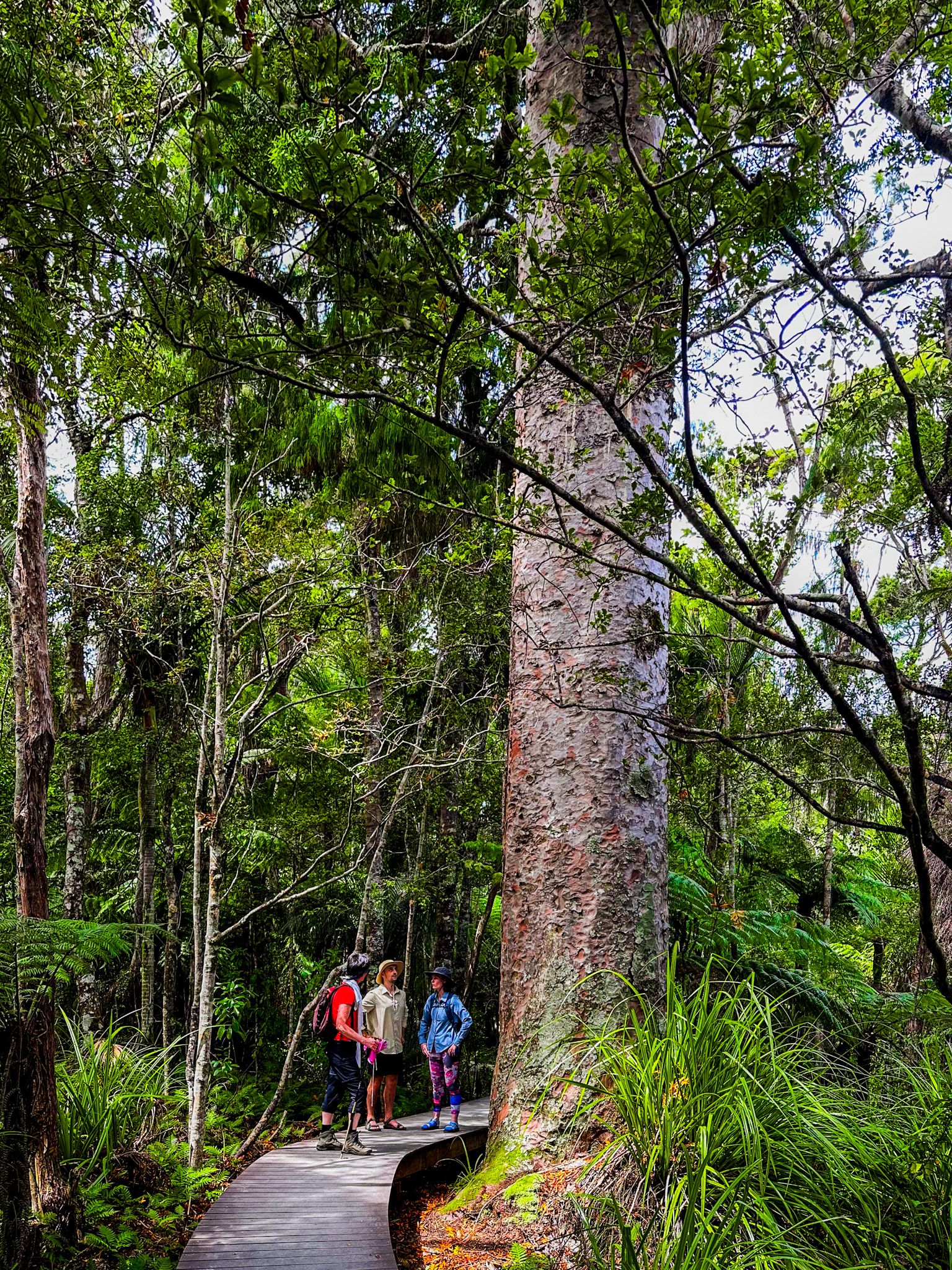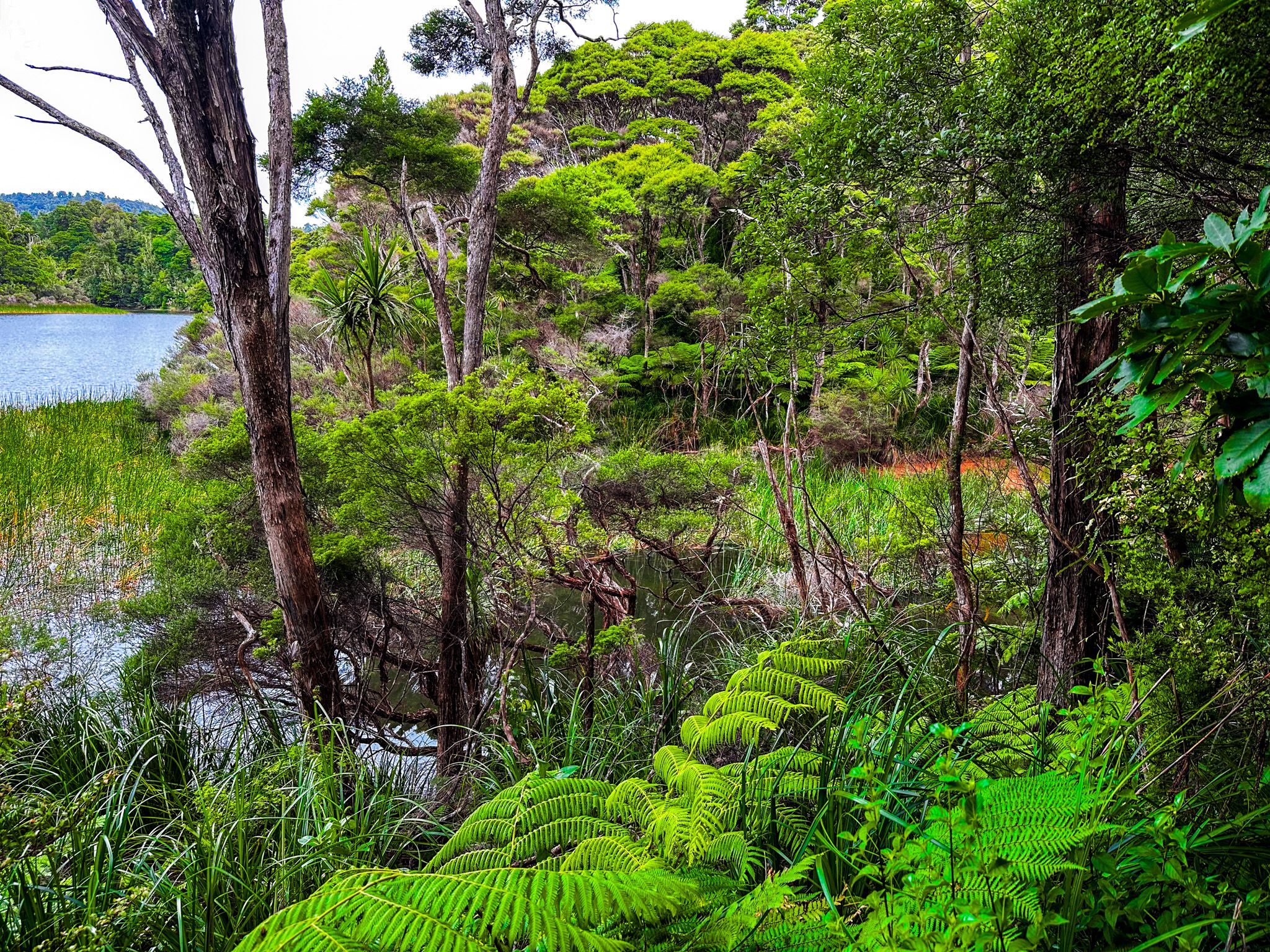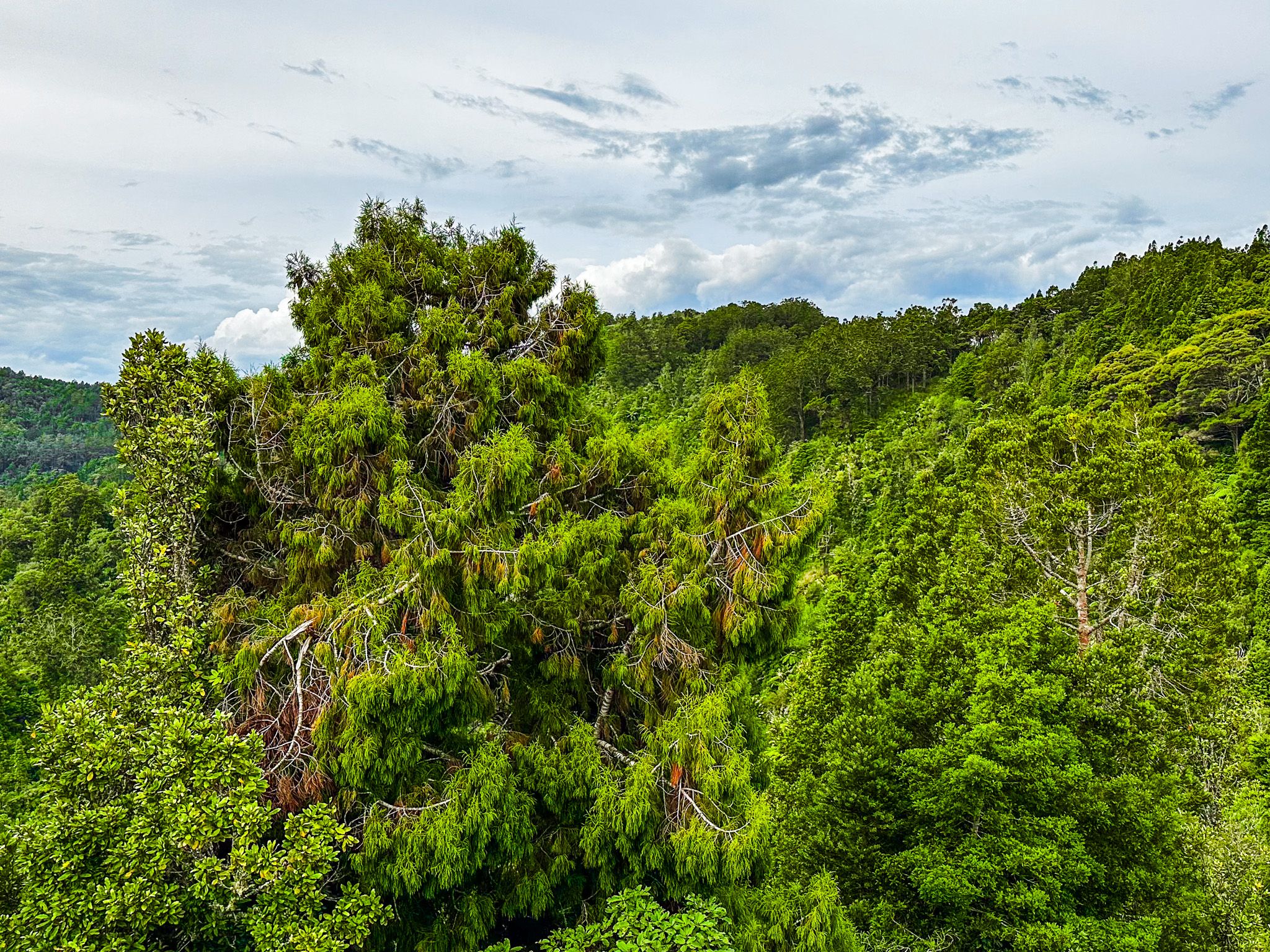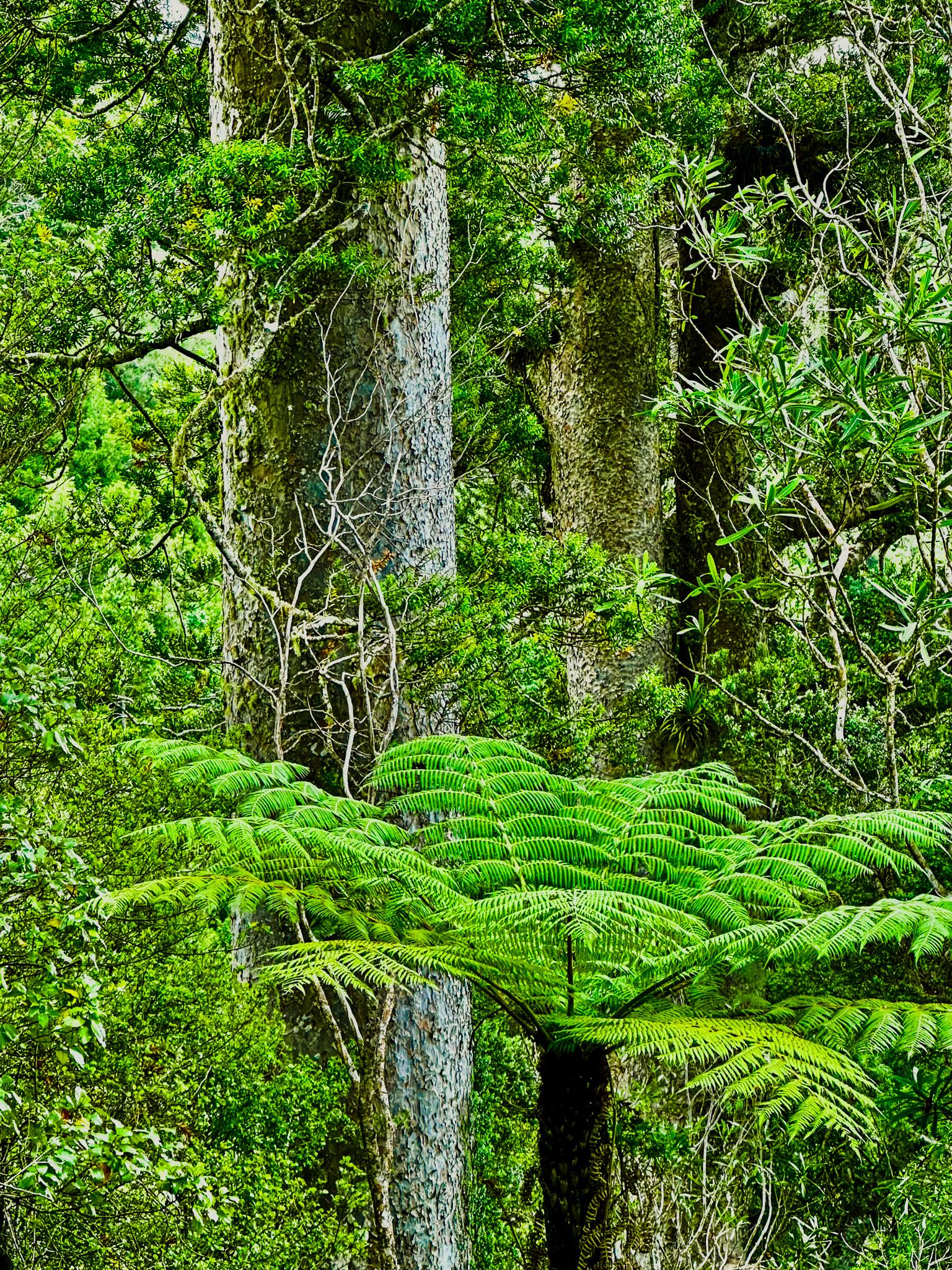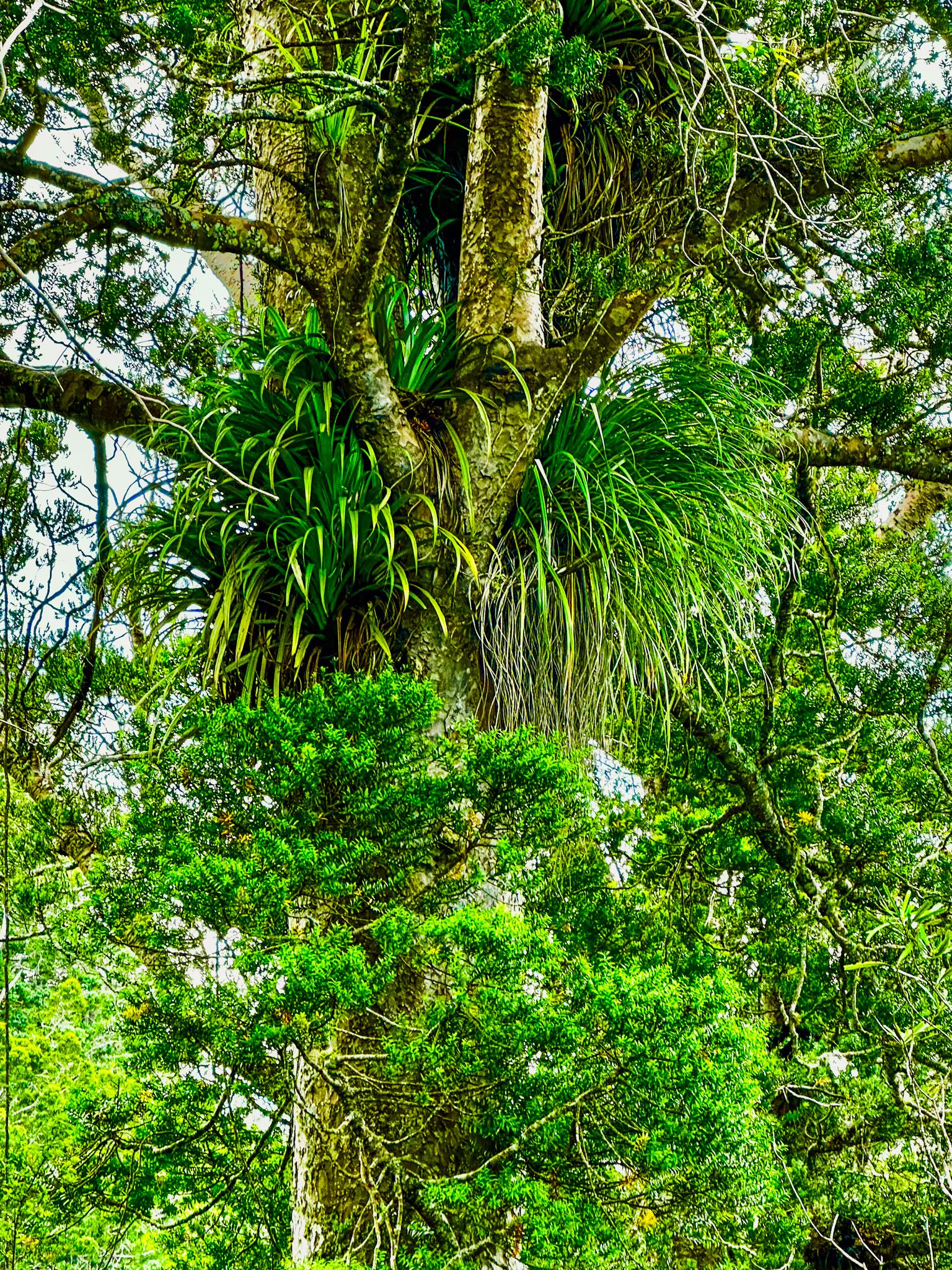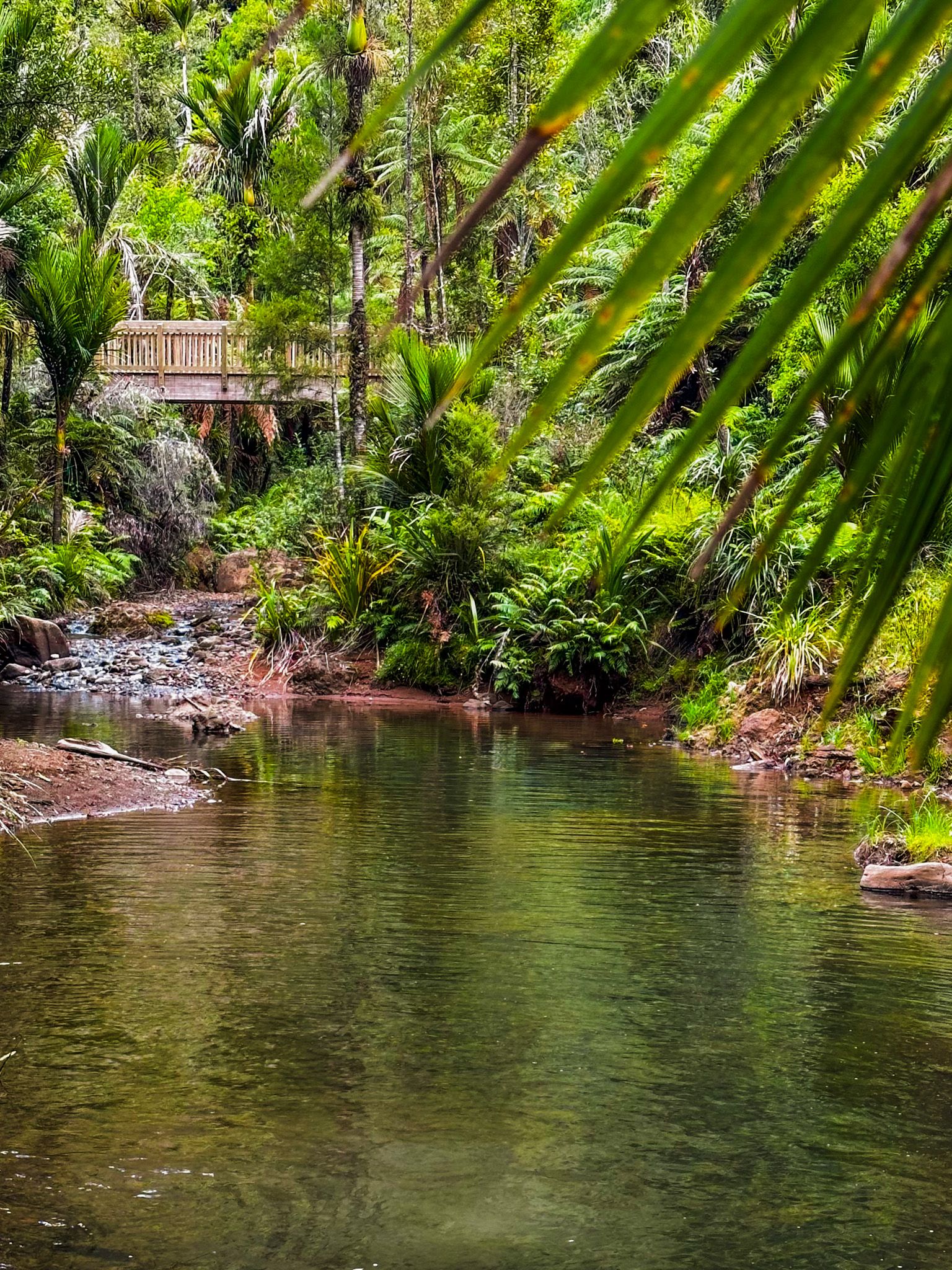Cascade Kauri was one of several land sales and gifts to Auckland City that led to the establishment in 1940 of a nature park called the Auckland Centennial Memorial Park. This park was to be a permanent memorial to NZ’s centenary, although it took until 1961 for a map of the park, including the Cascades, Kauri Park, Cornwallis and the Piha Valley, to be produced. The park eventually became Waitakere Ranges Regional Park with additional land acquisitions and amalgamations. The Cascades Kauri includes waterfalls on the Cascade Stream and the best stands of ancient-growth kauri trees in the Waitākere Ranges.
In 2000, the Ark in the Park project was established, and restoration of Cascade Kauri was prioritised. It already featured an intact forest with diverse ecosystems and easy road and track access. Predator control began in 2002 and has continued ever since. For many years, the extensive, in places rugged, tramping track network made the area accessible with a superb range of short, half and full-day hiking options. The easy Auckland City Walk and Montana Heritage Trail were especially popular. However, in 2017, access was closed due to kauri dieback.
In late 2023, access was restored. Several earlier tracks were substantially upgraded to recreate the Montana Heritage Trail. The trail is a four-hour, 9.4 km loop through the best of the kauri forest that also connects with the Waitākere Reservoir. It starts at the lower car park at the end of Falls Road off Te Henga Road. The last section of Falls Road is metalled and runs through Waitākere Golf Course. Several information panels are near the car park, including a trail map.
Lower Te Piringa Track, previously the Auckland City Walk, connects the car park to the Upper Kauri Track, then follows the Waitākere River to link in the Fenceline Track on the south side. Local iwi Kawerau ā Maki played a significant role in the project and gave the track its new name, Te Piringa, meaning the coming together of people and cultures. Upper Kauri and Fenceline are connected by the Long Road Track at the east end of the loop. As a loop, the four tracks form a circuit around the ridge lines above the Cascade Valley.
From the car park, follow the Lower Te Piringa Track to the wāhi whakanoa, where you can rinse your hands before entering the forest. Whakanoa means "to remove tapu" or "to spiritually clear an environment.” It feels appropriate, given the continuing risks to the ancient kauri. Then, cross the bridge over the Waitākere River and continue alongside the river to a pou, which marks the start of the Upper Kauri Track. You can start the loop there or continue alongside the river to connect with the Fenceline Track. Before kauri dieback, there was a side track to a mediocre view of the Cascades, but this is permanently closed.
Take the Upper Kauri Track and climb steeply to stepped boardwalks among the kauri trees. There is a good range of trees, from rickers (youngsters) to ancients. You may also see pūriri, Kirk’s tree daisy and northern rātā in flower and hear or see reintroduced toutouwai and kōkako birds. As you go along the ridge, the kauri forest peters out and is replaced by regrowth.
After 90 minutes, you will reach Long Road Track at Smyth Corner. Head southeast on undulating Long Road through forest regrowth to connect with the Fencline Track. This track is shrouded in regrowth forest and was a significant route for millers, kauri gum diggers, and farmers. The land was cleared and farmed by the early 1900s, and information panels describe this history. Apart from the track and a stand of exotic pines near Simla, the intersection with the Fenceline Track, little evidence remains. Long Road Track also goes north to connect to Pae o Te Rangi Regional Park, the park campsite, and Bethells Road.
The Fence Line Track drops steeply to the Waitākere Reservoir, following its edge to the dam. From the dam, you can walk up to the car park on Scenic Drive (about 20 minutes) and down below the dam to the top of Waitākere Falls. There are also toilets at the far end of the dam. After the dam, the Fenceline Track follows the ridge for about 1 km, then drops steeply among ancient kauri trees to the Lower Piringa Track. Stop for a dip in the river on the return to the car park!
You can walk the loop in either direction, but most of the 180-metre climb to the ridgelines is at the start, and the Upper Kauri Track is less steep. In either case, the most significant kauri trees are on the approaches to the ridgelines. Walking for about 60 to 90 minutes there and back on either side of the loop is an option if you only want to see the big trees.
